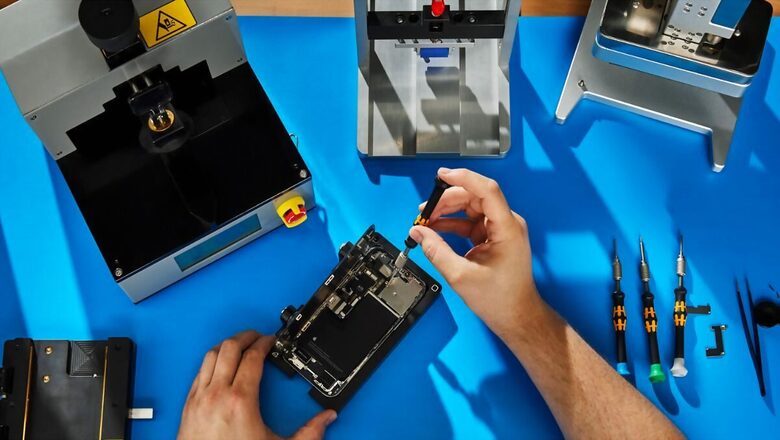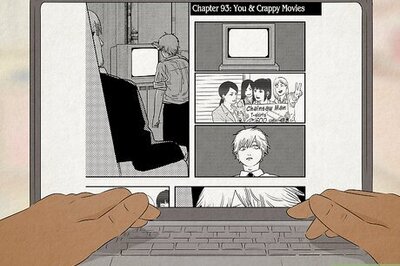
views
Apple started the self-repair program in the US and other countries but most people complained the process for this is stringent and limiting. The company is now making changes to how and what can be used to repair an iPhone sitting at home. iPhone users with issues and wanting to self-repair needed Apple’s help to source the spare parts along with the toolbox to fix the device.
But the biggest obstacle was that Apple wanted people to use new and genuine iPhone parts to fix the issues. That policy is changing in the coming weeks, and Apple says it is happy for people to repair their iPhones (select models) with the help of used parts that either they already have or sourced from a friend or neighbour.
Apple has usually been restrictive with the parts that pair along with iPhones during repairs, which is why the company even added a notification whenever it could detect an aftermarket part being used on the iPhone. And if you did that for Face ID or Touch ID sensors, the feature won’t work at all. “Used genuine Apple parts will now benefit from the full functionality and security afforded by the original factory calibration, just like new genuine Apple parts,” Apple said in this post.
Reports claim Apple is bringing the new self-repair policy for iPhone 15 and later models, which can be fixed with used displays, batteries and cameras. iPhones launching in the future will be able to support used face ID sensors if they need to be fixed instead of spending big on a new part.
Having said that, Apple is going to have a clear structure in place and record the details of the parts being replaced. So, if your iPhone repair is done with used parts, Apple will keep the details of these parts on the iPhone in the Parts and Service History section on iOS.
Apple’s hand was forced by the US government which made the company start the self-repair program in the first place, thanks to the Right of Repair bill being passed. But the company is clearly trying to make the program work and these changes will definitely help change its perception albeit to some extent.




















Comments
0 comment